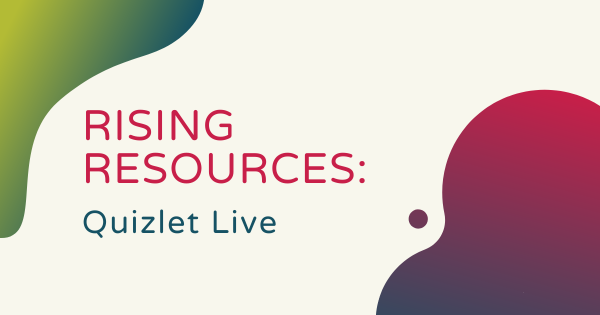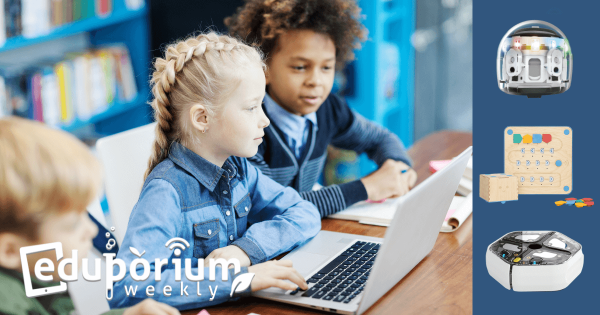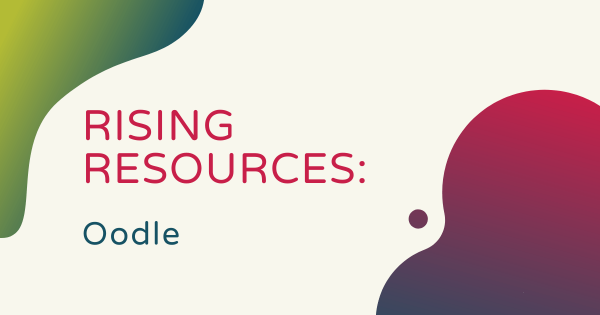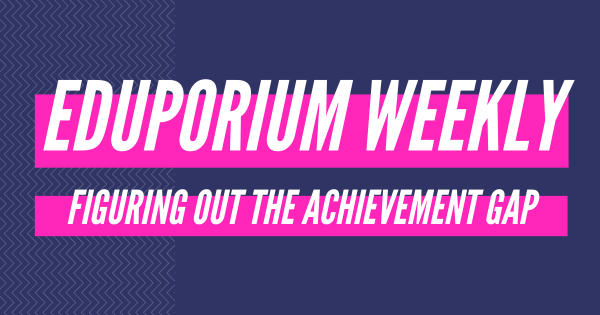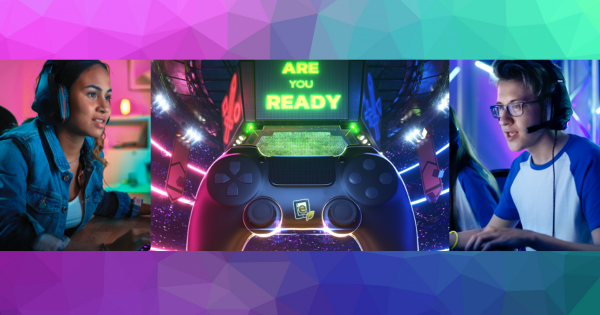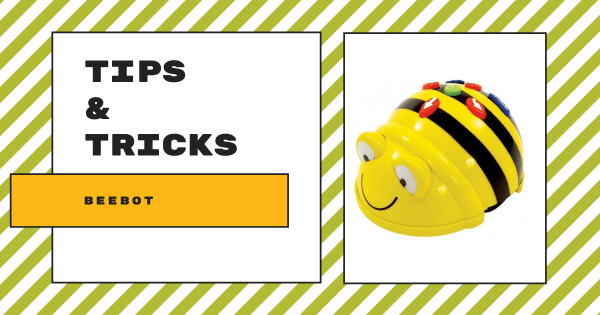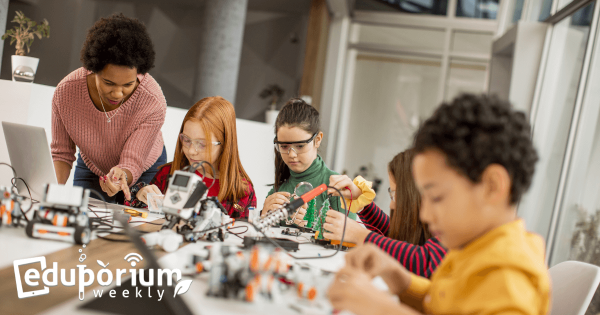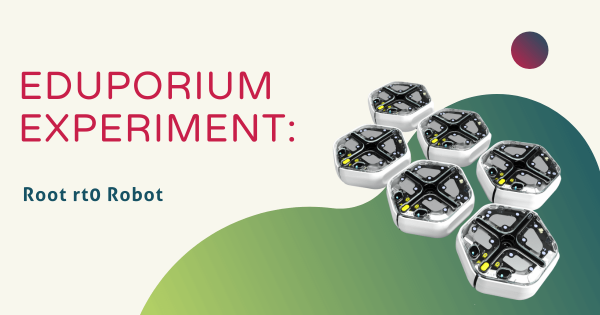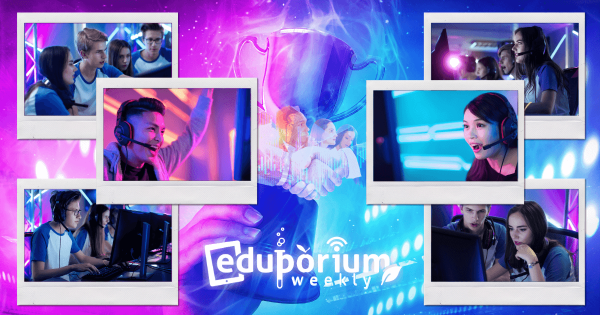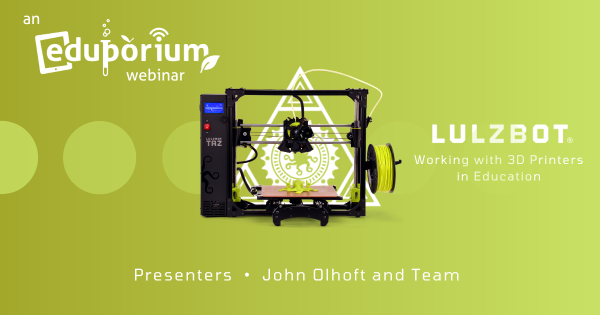Quizlet Live is a collaborative classroom game that your students can play together from their own devices. They could use it in the same classrooms or when studying from home—perfect for accommodating review efforts at all different times. To get started with Quizlet Live, teachers can just create a Quizlet account and they’ll get a Quizlet Live code to share
Andy Larmand
-
Eduporium Weekly | Coding For Kids Of Different Ages
There are typically two primary options for younger kids (or older students) to get started with coding: either physical tools or digital tools. Most of our expertise involves the physical coding tools, including educational robotics kits, circuitry solutions, or even programmable drones. Especially following the remote learning era, however, there are also strictly virtual platforms. -
Rising Resources | Using Oodle Like Wordle For Math
If you are familiar with Wordle, the Oodle math game is very similar. Instead of guessing those 5-letter words without much context, however, kids have to build out an equation that’ll work with the answer they were given. So, if the answer to a puzzle is 41, they’d have to figure out all other elements to the equation in six -
Eduporium Weekly | Figuring Out The Achievement Gap
When we talk about achievement gaps in education, we’re usually referring to measurable variance in achievements among students from different but often inherent groups. These include gaps in grades, attendance, and even soft skills development, and how not having truly equitable opportunities is affecting them. Moving forward, preventing and shrinking said gaps is key. -
High School Esports Benefits And Starting An Esports Team
What started simply as competitions among lifelong gamers has ballooned to this billion-dollar industry with professional video game players squaring off in tournaments around the world, students earning scholarships to play in college, and learning how to make money. Esports has even permeated high schools and it’s providing brand-new opportunities for development. -
Tips & Tricks | The Bee-Bot Robot From Terrapin
Students in Pre–K, kindergarten, and up to first or second grade could use the Bee-Bot screen-free or mix in digital coding once they’re ready for new challenges. It’s simple coding system features directional buttons, allowing younger children to explore programming right on their classroom floors as they experience age-appropriate STEAM adventures in early education. -
Eduporium Weekly | Makerspace Tips Across Grade Levels
If you mostly focus on introducing elementary school students to MakerEd, it could potentially involve a much more simplistic start. Then, once they’re into middle school, children can start to create their own valuable MakerEd experiences. And, by the time they transition to high school and more fully grasp the essence of making, it’s up to them to impact their -
Eduporium Experiment | Root rt0 Coding Robot
Similar in both appearance and functionality to the original Root Robot, the Root rt0 allows educators to deliver hands-on STEAM experiences that are practical and relevant. And, although they do look similar, there are several key differences teachers should know. Once you are up to speed, however, it’s a fantastic addition to coding lessons throughout the K–12 grades. -
Eduporium Weekly | Esports And SEL
The appeal of esports in education is not declining in all likelihood. Beyond the opportunities esports participation creates for students, they also have new chances to compete, experience being part of a team, and even work on developing genuine career skills. They can also develop soft skills while competing, which commonly accelerates social-emotional development. -
Video: Working With The LulzBot 3D Printers In Education
The line of LulzBot 3D printers are some of the most affordable 3D printers for CTE and STEM learning largely because they don’t sacrifice any of that necessary power and precision students need. Check out this recording of our webinar with the LulzBot team as we partnered with their executives to dive into the uses and benefits of these machines



